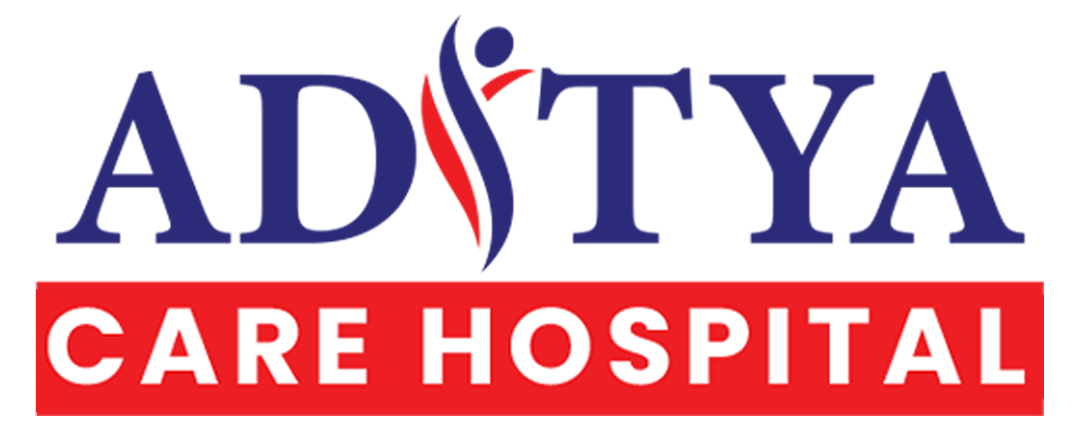Introduction
Stroke is a leading cause of death and long-term disability worldwide. However, the majority of strokes are preventable with the right lifestyle choices and medical interventions. The heart and brain are closely linked, and poor cardiovascular health significantly increases the risk of stroke. By focusing on heart health, managing key risk factors, and making sustainable lifestyle changes, you can dramatically lower your chances of experiencing a stroke.
The Connection Between Heart Health and Stroke
- High blood pressure (hypertension) is the leading cause of strokes, as it weakens blood vessels, making them prone to rupture or blockages.
- Atrial fibrillation (AFib), an irregular heart rhythm, increases the risk of blood clots forming and traveling to the brain.
- High cholesterol contributes to plaque buildup in arteries, restricting blood flow and increasing stroke risk.
- Heart disease, including coronary artery disease, affects circulation and can lead to clot formation, causing an ischemic stroke.
- Diabetes weakens blood vessels and increases the risk of hypertension, further elevating stroke risk.
How to Prevent Stroke by Improving Heart Health
1. Maintain Healthy Blood Pressure
- Monitor blood pressure regularly and aim for below 120/80 mmHg.
- Reduce sodium intake and consume potassium-rich foods like bananas, spinach, and beans.
- Exercise regularly, as physical activity helps lower blood pressure naturally.
- Manage stress through meditation, deep breathing, or yoga.
2. Control Cholesterol Levels
- Incorporate heart-friendly fats from sources like olive oil, avocados, and nuts.
- Avoid processed and fried foods that increase LDL (bad cholesterol) levels.
- Consume fiber-rich foods like oats, beans, and whole grains to help lower cholesterol.
- If prescribed, take cholesterol-lowering medications such as statins.


3. Manage Blood Sugar and Prevent Diabetes
- Monitor blood sugar levels to prevent spikes that damage blood vessels.
- Follow a balanced diet with low-glycemic foods such as whole grains, vegetables, and lean proteins.
- Engage in regular physical activity to improve insulin sensitivity.
- Limit sugar intake and avoid sugary beverages.
4. Quit Smoking and Reduce Alcohol Consumption
- Smoking significantly damages blood vessels, increasing stroke risk by up to four times.
- Quitting smoking improves circulation and reduces inflammation in arteries.
- Excessive alcohol intake raises blood pressure and weakens heart function.
- If drinking, limit alcohol to one drink per day for women and two for men.
5. Stay Physically Active for a Healthy Heart
- Engage in at least 150 minutes of moderate exercise per week, such as walking, jogging, or swimming.
- Incorporate strength training exercises twice a week to improve overall cardiovascular endurance.
- Avoid prolonged sitting—take breaks and move around every hour.
Recognizing Stroke Symptoms: The FAST Method
- F – Face Drooping: One side of the face may droop or feel numb.
- A – Arm Weakness: One arm feels weak or numb, making it difficult to lift.
- S – Speech Difficulty: Speech may become slurred, confused, or difficult to understand.
- T – Time to Call Emergency Services: Seek immediate medical help if any of these symptoms appear.
Final Thoughts
Stroke prevention begins with a strong heart. Managing risk factors such as high blood pressure, cholesterol, and diabetes can significantly reduce the likelihood of a stroke. By making small but impactful lifestyle changes—such as eating a heart-healthy diet, exercising regularly, and avoiding smoking—you can protect both your heart and brain. A proactive approach to cardiovascular health is the key to a longer, healthier life.

